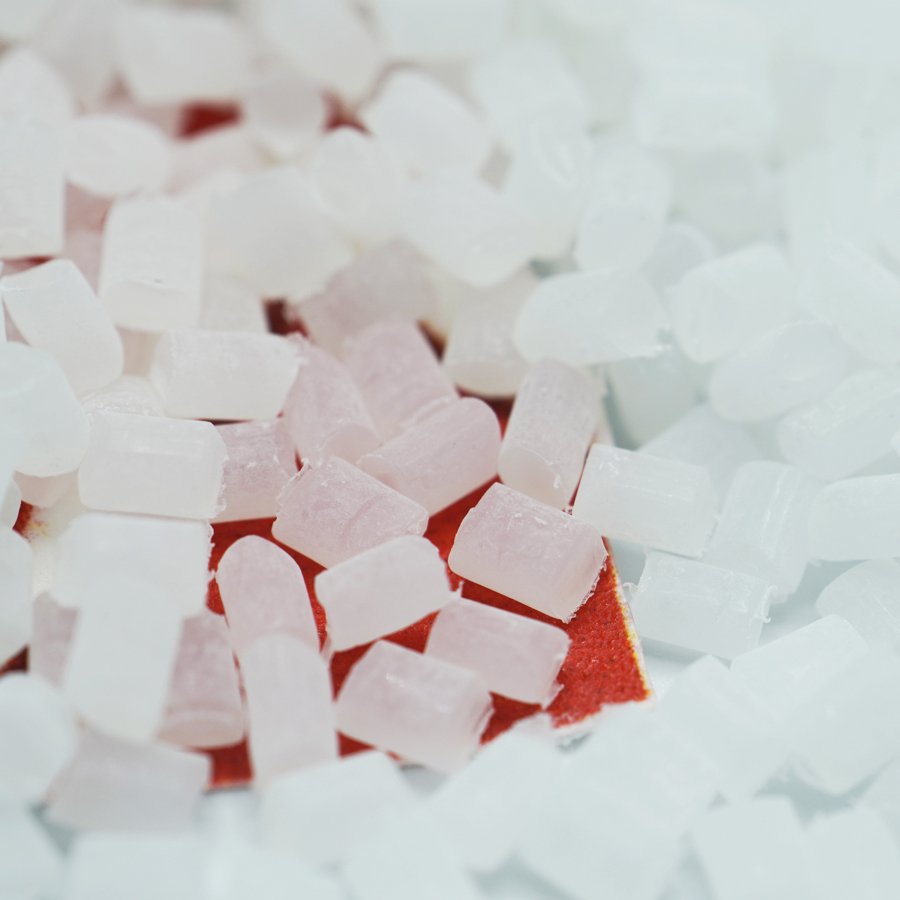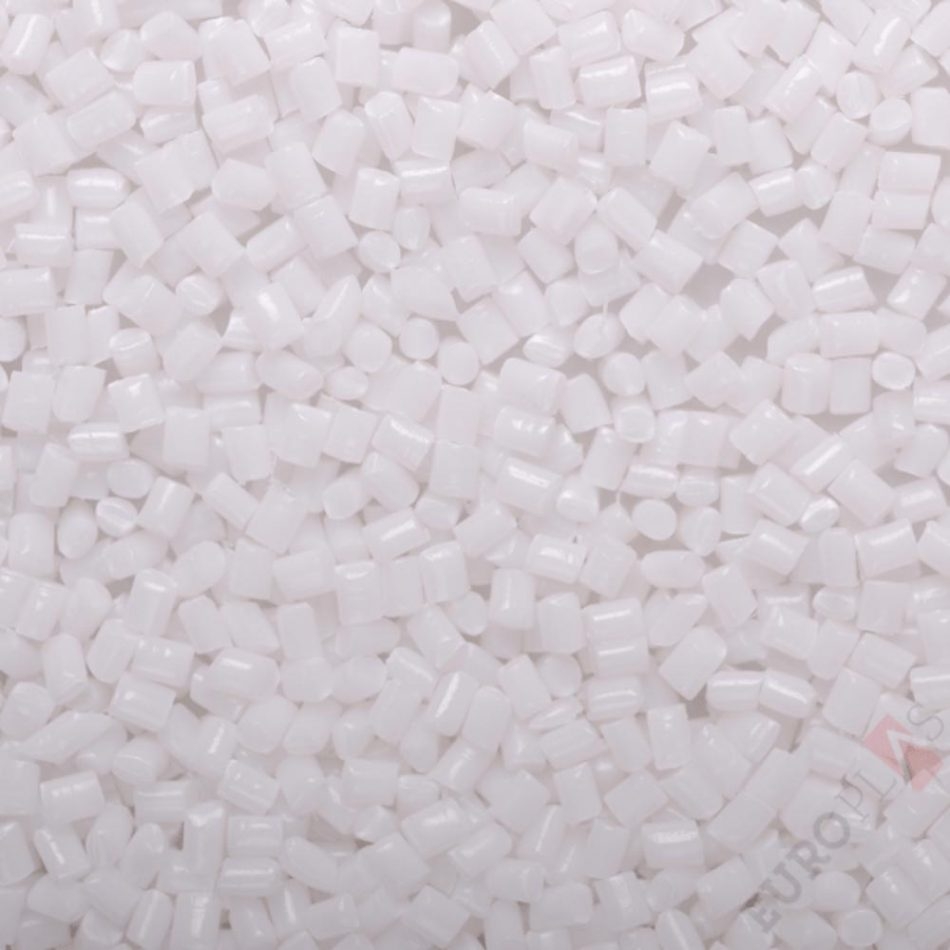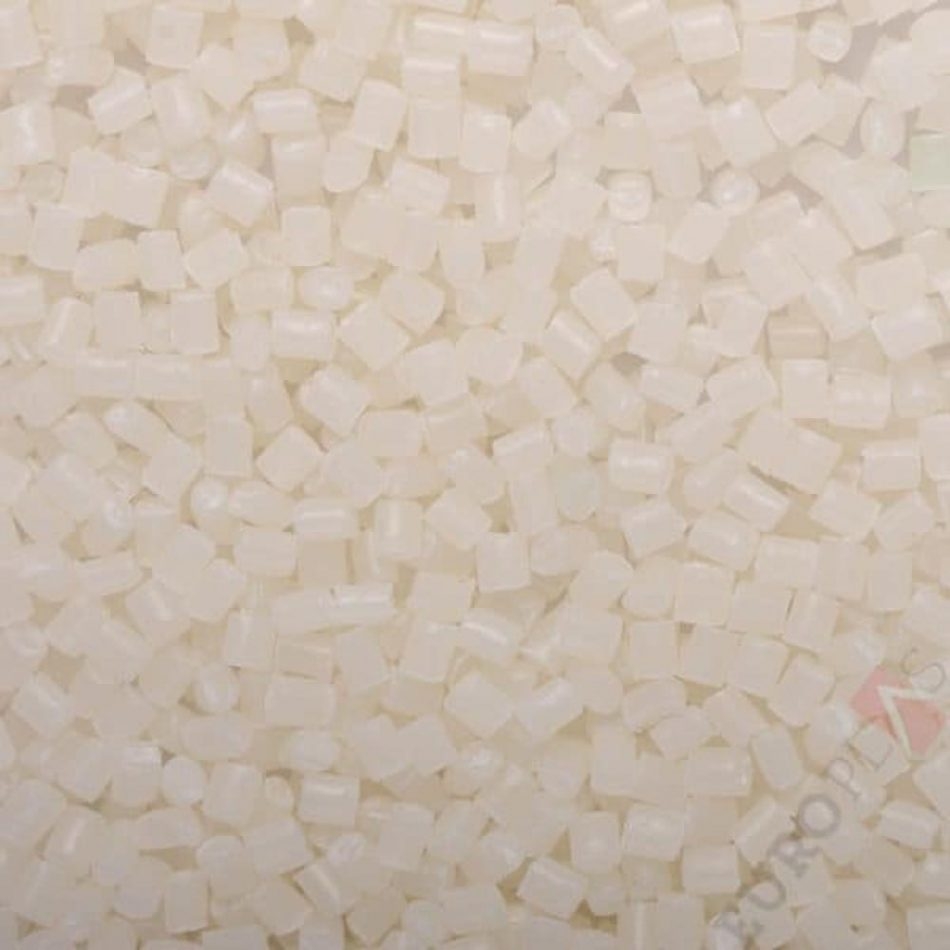Plastic additives are vital substances added to plastic manufacturing to reinforce particular properties of end products. Depending on the expected products’ properties, corresponding plastic additives will be taken to significantly boost the overall quality. In this article, let’s discover the top 8 most common plastic additives in the plastic industry.
As end-users' demands are getting more and more complex and diverse, it is extremely challenging for manufacturers to deliver products that not only meet technical standards but also have added functionalities. This has driven the use of plastic additives, which considerably enhance products’ characteristics with just a small amount of loading rate. So, what exactly are they made of and which are the most widely-used plastic additives?
1. What are plastic additives and how do they benefit the plastic industry?
Plastic additives are a common type of organic/inorganic substance added during plastic processing to improve specific properties of the original resins such as rigidity, flexibility, durability, conductivity, brightness, and color,...Unlike filler masterbatch, the loading rate of plastic additives is approximately 1% of the total volume. However, it plays an indispensable part in delivering expected properties for end products.
Depending on end-products’ requirements, plastic enterprises will take appropriate additives. For example, outdoor plastic furniture is normally exposed to harsh weather conditions for a long period, thus they need anti-aging and weather stabilizer additives to improve its endurability as well as minimize the degradation of the plastic surface resulting from negative environmental impacts. For agricultural mulch, anti-fog additives and brightening additives are indispensable factors in remain the high transparency of the film, thus streamlining the plant's photosynthesis process.
Not only do plastic additives benefit end-products, they also increase the efficiency of plastic processing. By adding these materials during the extrusion or injection molding process, plastic additives prevent plastic layers from sticking to each other or to extrusion heads, thus driving productivity and efficiency.
Read more: What is plastic? Everything you need to know about plastic
2. Common plastic additives and their applications
Increasing demands for various properties and functionalities have paved the way for the development of multiple plastic additives, which are divided into two groups based on their benefits:
- Functionalities addition: Including additives that provide original plastic with one or more properties added.
- Processing aids: Including additives applied to plastic procedures to drive the efficiency of the production.
Both groups will be discussed with these typical representatives below
2.1. Anti-UV plastic additive

Anti-UV plastic additives
Also known as UV Stabilizer, this additive is one of the most important components of outdoor products for its outstanding benefits in preventing UV rays from degrading plastic surfaces. As the polymer is highly sensitive to sunlight, it easily gets discoloration, mechanical transformation, and cracks as a result of the sun’s negative impacts. Anti-UV plastic additive acts as a protective film that absorbs UV light and keeps these harmful factors away from plastic products.
Applications:
Anti-UV additives are especially applied in the automotive industry for furniture and exterior car parts as they are normally exposed to sunlight. Besides, it is also used in HDPE injection molding, LDPE/LLDPE blown film, PP/HDPE tape, PP raffia, and wood plastic composite products (agricultural mulch, greenhouse film, tarpaulin, stadium seats,...).
2.2. Optical brightener plastic additive
.jpg)
Optical brightener plastic additive
Optical brightener additive is used to mask the inherent yellowness of plastic and replace it with a brighter look by increasing the overall amount of blue light reflected. In addition, this material also offers end-products better glossiness and higher smoothness.
Applications:
- Packaging films: food packaging film, shopping bags,...
- Single-used products such as cutleries, glass, food containers,...
- Household appliances that require an attractive appearance.
2.3. Clarifying plastic additive

Clarifying plastic additive
Upon thermoforming plastic manufacturing, there are structures named spherulites. They are composed of highly ordered lamellae resulting in higher density and hardness, thus decreasing plastic’s transparency and aesthetic. Thereby, the clarifying plastic additive is applied into the processing phase to prevent the size of spherulites, which improves the clarity of the plastic products.
Applications:
Clarifying plastic additive is widely used in injection moldings such as houseware, food storage containers, caps, and closures, blown film, and extruding sheets,...Also, it can be applied in various resins including PP, HDPE, HDPE / PP, and LLDPE / PP.
2.4. Antistatic plastic additive

Antistatic plastic additive
Also known as flame retardant, the antistatic plastic additive is one of the most important components in many plastic products. Thanks to this material, plastic’s insulating ability is significantly enhanced. Also, the spark discharges together with the accumulation of surface dust are eliminated, making plastic processing more efficient.
Applications:
- In automotive: For fuel systems, electrical and electronic parts, and engine components.
- In electronics: for electronic goods such as computers, printers, photocopiers, and other office equipment,…
- In Packaging: packing of food, drugs, medical supplies,...
2.5. Anti-aging plastic additive

Anti-aging plastic additive
After a long period of usage, plastic products easily get negatively impacted by environmental effects such as oxygen, and UV light,... Therefore, the anti-aging additive is used to prevent polymer degradation (loss of mechanical properties, flexibility, discoloration, cracking) due to external effects in processing and daily use.
Applications:
The anti-aging additive is widely used in various technologies such as injection molding, extrusion, and thermoforming,...Particularly, outdoor plastic products including tarpaulin, slide, and wood plastic composite products (wall, floor, ceiling,...)
2.6. Anti-fog plastic additive

Anti-fog plastic additive
The anti-fog additive is widely applied in both the agriculture and food industry to prevent the condensation of water on the surface of a clear plastic film to make it more transparent, thus improving its use effectiveness.
Applications:
- In packaging: food containers, food packaging film, rolled bags,...
- In agriculture: agricultural mulch, greenhouse film,...
2.7. Anti-blocking plastic additive

Anti-blocking plastic additive
A common phenomenon in plastic processing, especially in the blown film is the adhesion of adjacent layers, which reduces productivity as well as product quality. Anti-blocking additive works by creating a micro-rough surface minimizing the direct contact between film layers, thus streamlining the process of plastic and improving production efficiency. It is able to work effectively even under high temperatures, and pressure, and long processing periods.
Applications:
Anti-blocking plastic additive is widely applied in packaging film manufacturing such as PE film, CPP, BOPP film, and the extrusion industry.
2.8. Processing aid plastic additive

Processing aid plastic additive
Unexpected phenomenon during plastic processing, especially in extrusion has struggled enterprises as well as considerably reduced their productivity, which drives the use of processing aid additive. This material acts in two main ways. After being added into the molding process, it melts and forms a liquid around color particles to boost the mixing phase. Also, the processing aid assists in better individual polymer particle adhesion inside the tube, thus making them melt quicker. That means plastic enterprises can save a significant amount of energy consumed, leading to productivity enhancement.
Applications:
Processing aid plastic additive benefits many manufacturing technologies such as blown film, fiber extrusion, mesh, weaving making, and plastic pipe extrusion,...
As such, the application of plastic additives has significantly enhanced the efficiency of plastic enterprises. Depending on the products' requirements, an appropriate amount of additives will be added to the manufacturing process.
3. EuroPlas plastic additives
With nearly 14 years of experience, EuroPlas has marked its name as one of the leading filler masterbatch manufacturers in the world. Following that achievement, EuroPlas plastic additive has been carefully researched and developed to exactly meet customers’ demands. We are currently providing a wide range of additives with a view to providing customers with more and more optimal production solutions such as: Anti-UV additives, anti-fog additives, anti-aging additives,...
For more information and consultation, contact us HERE!